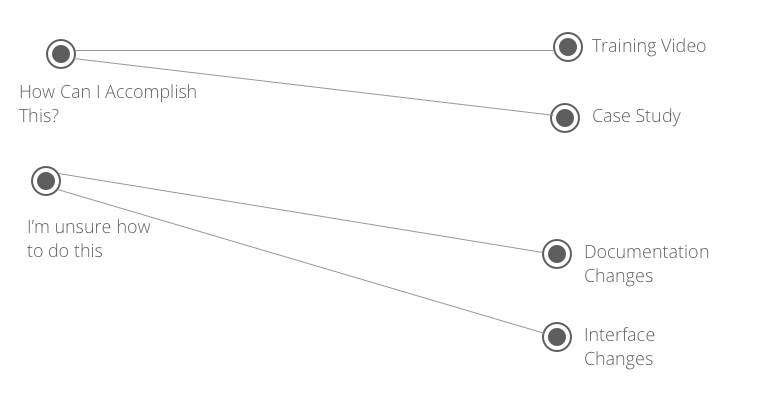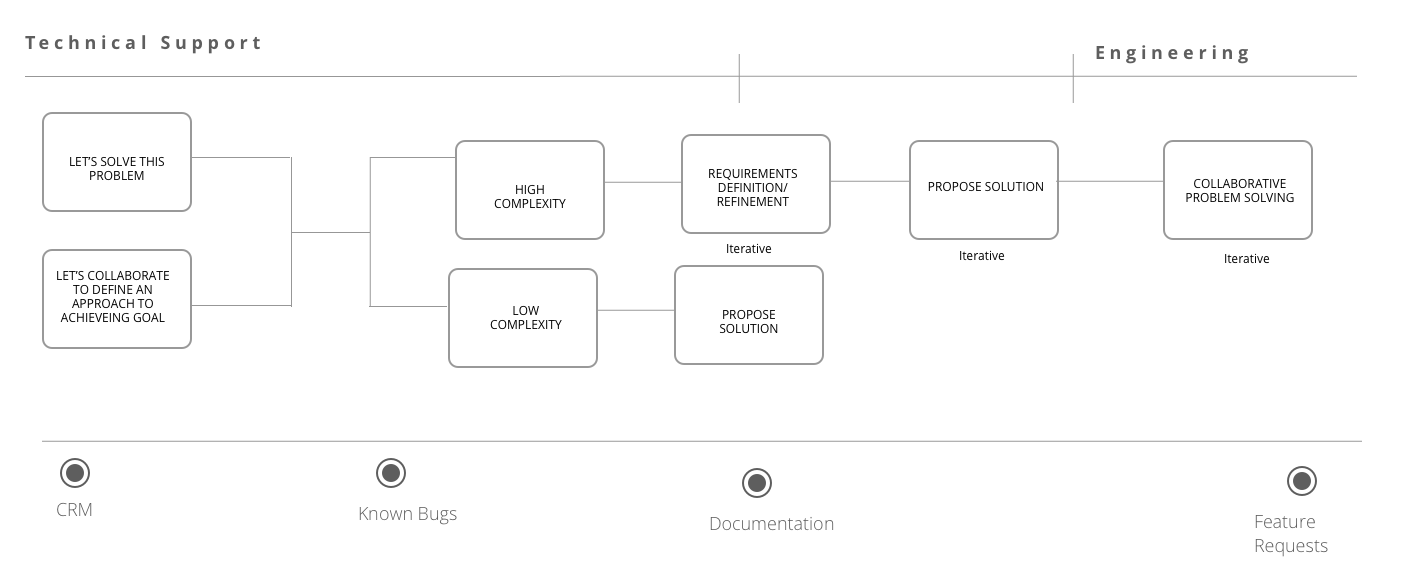Hello World! Technical Support as Organizational Practice

Technical Support and Customer Experience Are Essential. For Some Organizations, Why Does It Seem Like an Afterthought?
Zen mediation has the concept of being focused on the present moment. It’s a focus on paying attention to time, and really just to the art of paying attention.
In one story, a student asks a meditation teacher, what is the way to enlightenment? The teacher writes on a nearby chalk board, “attention”. The student is disappointed, and responds, “there has to be more to it than that.” The teacher writes on the board, “attention. attention.” The student now becomes irritated, stating, “well, what does attention mean?” The teacher then writes on the board, “attention means attention!”
Thinking about how we think, how we work, how we relate to others, is a good exercise. Good technical support is much like the act of creativity; understanding the problem, defining the requirements is the open-mode of creativity, in which ideas and solutions are worked out; implementing those solutions is the closed-mode of honing in on the problem.
Beyond being exciting, it would seem defining how an organization relates to customers, and how it is providing a customer experience that maps to customer expectations, would be a necessary part of defining business processes. However, often the excitement about technical support and customer experience is lacking; something that probably should be defined, sometime, somewhere, but, let’s not get too much into it, now, we really don’t want to change how we’ve done things.
It’s the wrong approach of course. Articulating a philosophy around support is a discipline that ends up reifying what an organization’s mission is. Much of organizational image is defined by ideas of how organizations believe their customers see them as. Starting with connecting the mission of customer experience with organizational mission builds practices that result not just in happier customers, but also in stronger practices in design, development and sales.
This is because the practice of defining customer experience requires an organization to think about the wholistic customer experience.

In the sales and training process, customers begin to get a sense of an organization’s identity, a sort of mental model of how the experience will be. Customers see this as part of a larger ecosystem that will continue as they become customers. This is just seen as one of many touch points in which a customer interacts with.

Embracing this ecosystem, an organization can see customer interactions as learning opportunities for the organization.

Organizations can propose goals they want to achieve, and the process of helping them achieve those goals can become case studies or training videos, showcasing how the product can map to unique needs. Difficulties in performing tasks can help designers make improvements to the product’s user experience, or can become sources for documentation content.
Technical support can also become partners with engineering, working with customers to iteratively propose solutions so that the technical problem can be more understood.

Ideally, new software and products open up new possibilities for customers, and this enables them to ask better questions, to grow as individuals and organizations. Good support nurtures this learning and growth. Technical support that provides a partnership that empowers customers to achieve their goals results in customers feeling as though they can’t do their work not only without the software, but also without the people behind it.
The converse, a bad or missing vision for customer support, does the opposite: in the best case, the new software that was once exciting lays dormant, not used to its fullest capacity; in the worst case, this mental model the customer had of an organization that is in tune with their specific needs disappears, replaced with a notion that the organization is out of touch. This results in organizations deciding, when it’s time for a contract renewal, that the software is redundant, or not essential, and worth letting go for another project that is exciting and connected to who they are as an organization.
Creating great products is an important part of creating an organization; defining how the experience will be as the product becomes part of a customer’s daily life ensures the product is an evolving, living entity.
 Defining a Customer Persona
Defining a Customer Persona